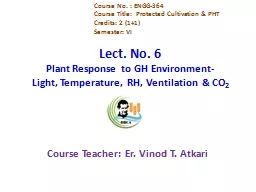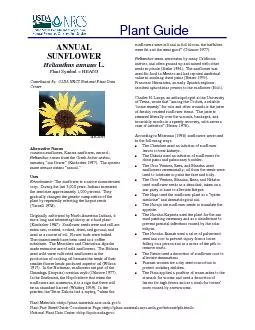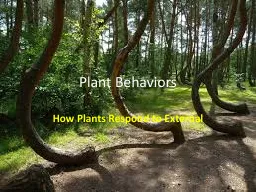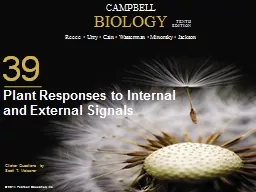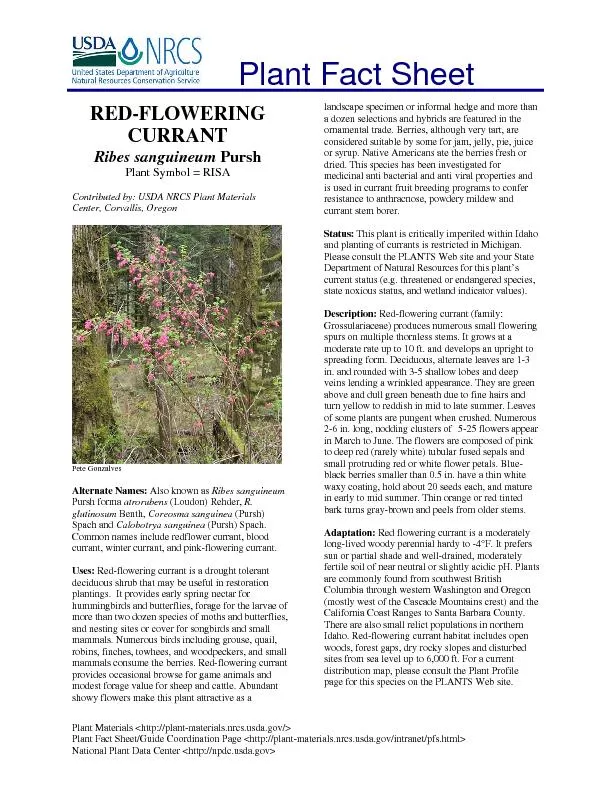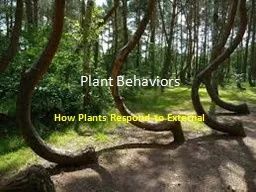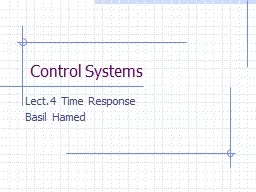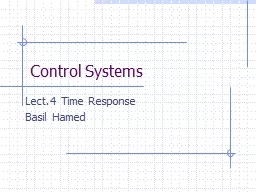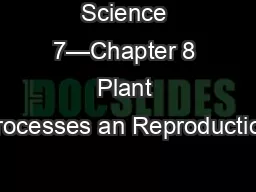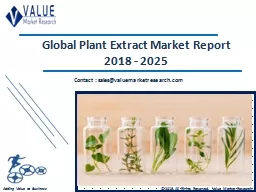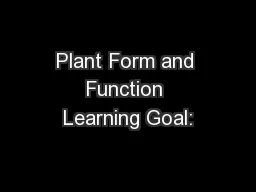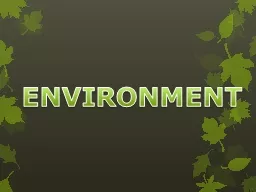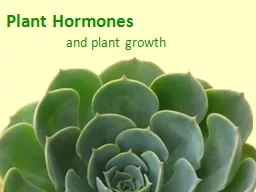PPT-Lect. No. 6 Plant Response to GH Environment-
Author : CuteKitten | Published Date : 2022-07-28
Light Temperature RH Ventilation amp CO 2 Course Teacher Er Vinod T Atkari Course No ENGG364 Course Title Protected Cultivation amp PHT Credits 2 11 Semester
Presentation Embed Code
Download Presentation
Download Presentation The PPT/PDF document "Lect. No. 6 Plant Response to GH Enviro..." is the property of its rightful owner. Permission is granted to download and print the materials on this website for personal, non-commercial use only, and to display it on your personal computer provided you do not modify the materials and that you retain all copyright notices contained in the materials. By downloading content from our website, you accept the terms of this agreement.
Lect. No. 6 Plant Response to GH Environment-: Transcript
Download Rules Of Document
"Lect. No. 6 Plant Response to GH Environment-"The content belongs to its owner. You may download and print it for personal use, without modification, and keep all copyright notices. By downloading, you agree to these terms.
Related Documents

